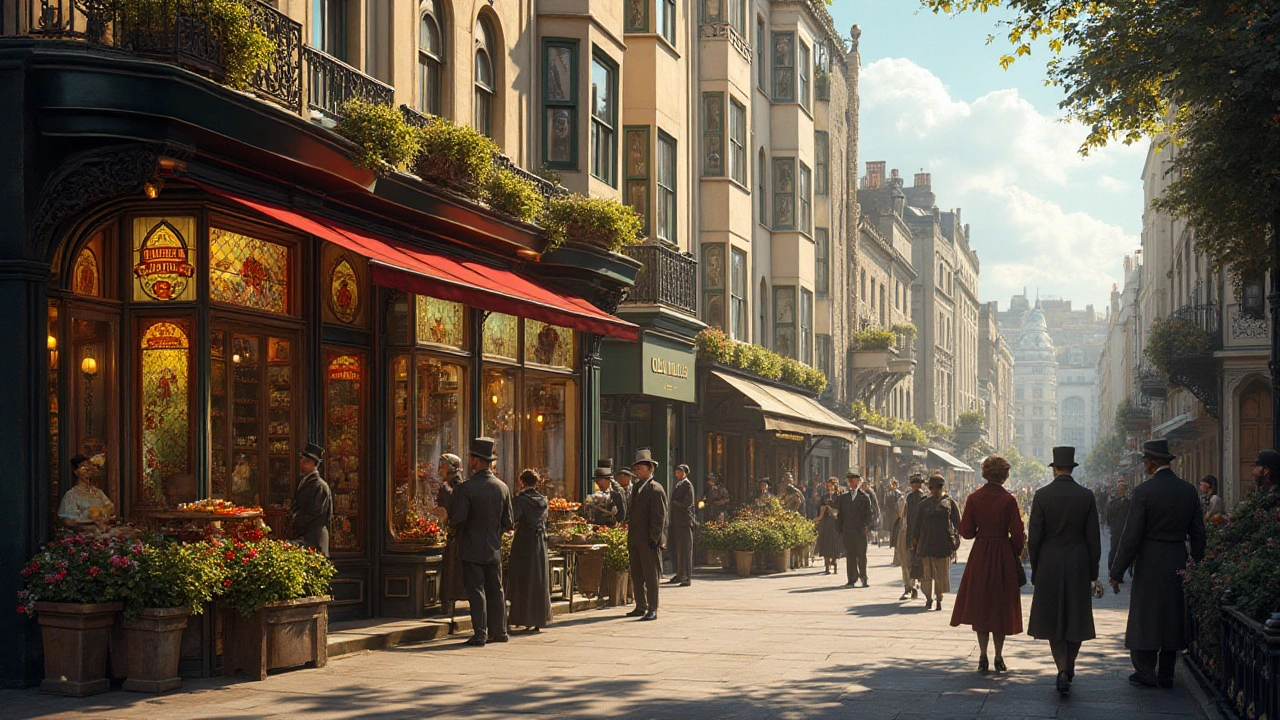Craftsmanship in Art: How Skill Shapes Work You Can Feel
Craftsmanship is the quiet skill behind pieces that keep you looking. It's not just neat brushwork or perfect joints; it's the choices an artist makes about materials, technique, and finish. When craftsmanship is strong, a work reads as honest and complete. When it's weak, the idea matters less because the execution pulls you out of the moment.
Where craftsmanship shows up
Look at photorealism: the artist studies edges, reflections, and tiny textures until paint behaves like a photograph. Bauhaus pieces show craftsmanship in precise joins and finishes that marry beauty with use. Ukiyo-e prints rely on exact carving and careful ink application so every print registers cleanly. Baroque painters used layered glazes and controlled light to build emotional punch; installation artists use welding, fastening, and weather-proofing to make large works survive public life. Different movements use different skills, but all depend on hands that know their tools.
Practical tips — spot, build, and value skill
To spot craftsmanship, check the edges and the back. Are joints tight? Do printed patterns line up? Do brushstrokes feel confident or messy? Smell and touch can tell you about varnish and canvas quality. For paintings, tilt under light to see layers and brushwork; for prints, look at paper texture and registration lines. For mixed-media and installations, ask about fastenings, materials, and how it's mounted.
If you're an artist, focus on one tool until you master it. Learn how different brushes, blades, or chisels change marks. Practice details at life size and at small scale. Make prototypes before committing to big pieces. Study old masters and contemporary makers; copy a technique to understand it, then adapt it to your voice. Keep a materials log so you know which brands and mixes gave the best result.
Collectors should ask precise questions: who made it, what materials, how was it made, and has it been conserved? Provenance matters, but so does technique. A signed print with clean registration on archival paper holds value. A sculpture with poor welds will need repair. Budget for conservation—good workmanship lasts longer and costs less to maintain in the long run.
Craftsmanship isn't about perfection; it's about decisions that serve the idea. A raw, expressive painting can still show craftsmanship if every messy mark feels chosen. When you look for that care, you start to see patterns across styles—how a Bauhaus chair, a woodblock print, and a photorealistic painting all share one thing: someone who knew what they were doing. Browse posts on this site about photorealism, Bauhaus, ukiyo-e, and installation art to see real examples of craftsmanship in action. Notice the choices, and you'll learn to read work more clearly.
Try this: next time you visit a gallery, spend five minutes with one work. Look for evidence of choices — joinery, printed registration, layered paint, or clever mounting. Ask staff one specific question about how it was made. Those small checks train your eye and make craftsmanship easier to spot and more today.

